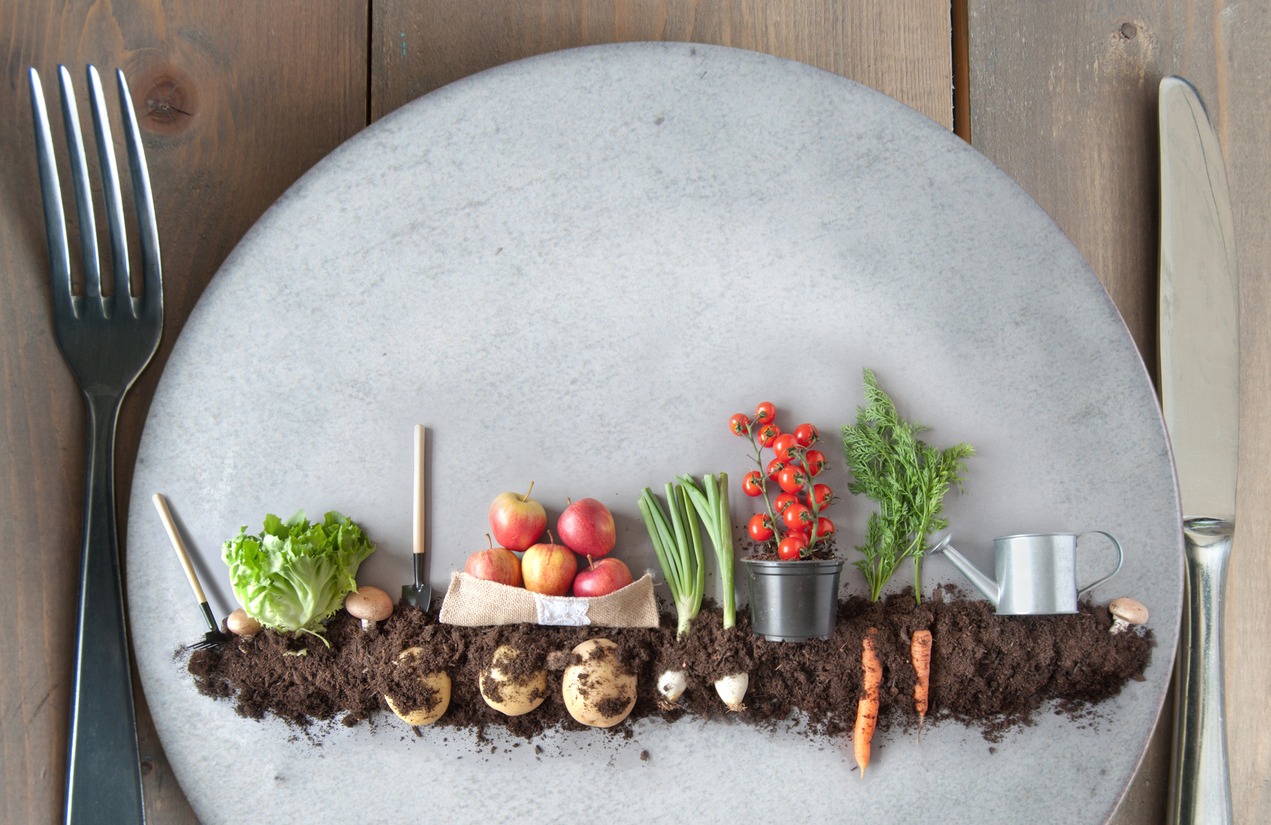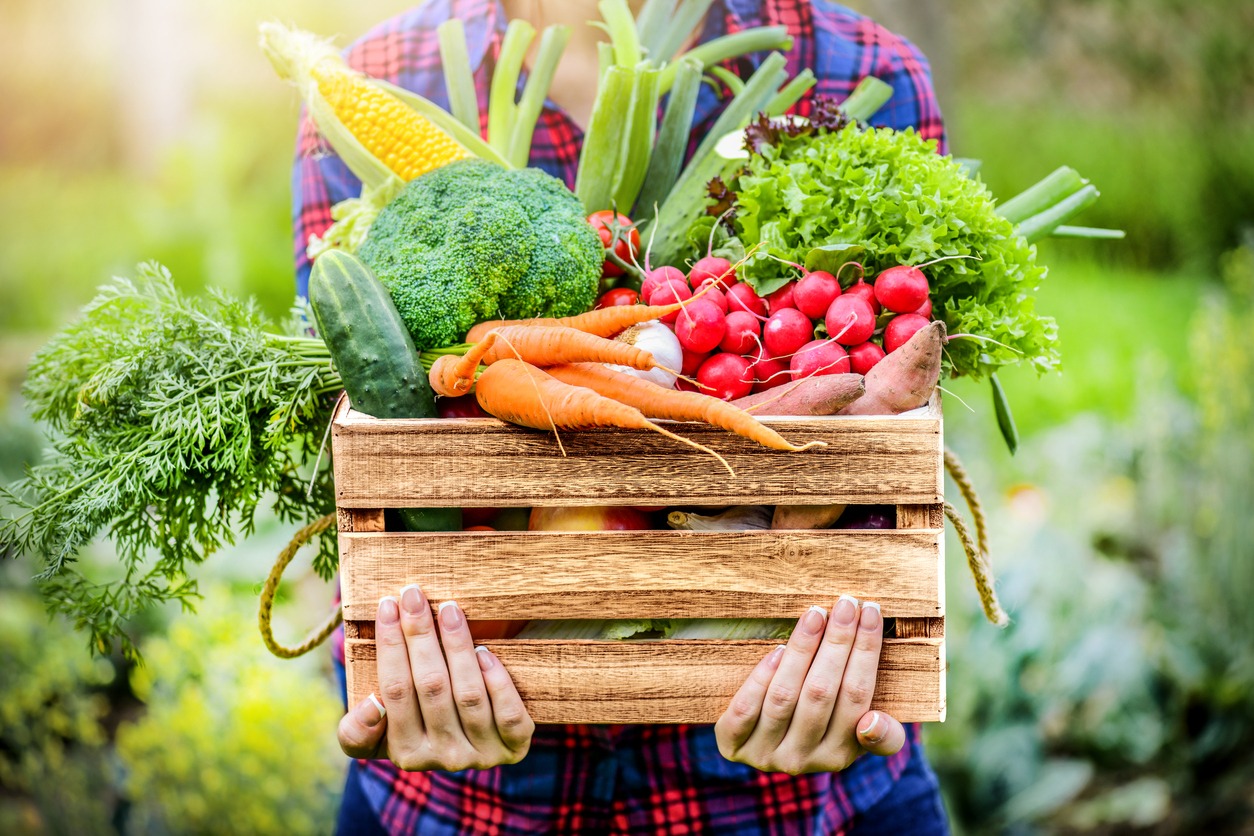Industrial vs. Homestead Food: The Ultimate Guide to Making a Choice for Health and Sustainability

In today’s fast-paced world, we’re all looking for ways to eat healthily and sustainably without breaking the bank. Deciding between industrially produced food and homestead-grown alternatives isn’t just about convenience or cost—it’s about health, environmental impact, and personal values. With both options offering unique pros and cons, it’s worth exploring each to make an informed decision that aligns with your lifestyle and priorities. Let’s dive into what makes each food choice distinct and help you weigh which is right for you.
Key Considerations When Choosing Food Sources
Safety Considerations
Food safety is a major concern, and both industrial and homestead food production come with their own challenges. Industrial food systems, characterized by large-scale operations and extensive distribution networks, have faced significant foodborne illness outbreaks over the years. For example, in 2024, the U.S. experienced a listeriosis outbreak traced back to Boar’s Head Deli Meats, which resulted in multiple hospitalizations and fatalities. This and other large-scale outbreaks underline some of the risks associated with centralized food production systems.
On the flip side, homestead food production offers greater transparency and control over food safety measures. When you grow your own food or source it locally, you know exactly how it’s handled, stored, and prepared. However, homesteading isn’t immune to safety risks, and maintaining good food safety practices—such as proper storage and handling—is essential. This personal oversight in homesteading, though time-consuming, can add a layer of reassurance that’s harder to find in industrial food sources.
Nutritional Value
The nutritional quality of our food is closely tied to how it’s produced and processed. Industrial food often undergoes significant processing, which can reduce its nutritional content. For instance, refining grains removes the bran and germ, stripping away essential fiber and nutrients. Heavily processed foods may also include additives and preservatives, which can affect health when consumed in high amounts.
In contrast, homestead food production often emphasizes whole, unprocessed ingredients, resulting in fresher, more nutrient-dense food. Freshly harvested fruits and vegetables retain more vitamins and minerals than those that have traveled long distances and spent weeks in storage. Moreover, growing your own food gives you the flexibility to select nutrient-rich varieties, like heirloom vegetables, that are often bred for taste and nutrition rather than durability.
Environmental Impact
The environmental footprint of industrial vs. homestead food is significant. Industrial agriculture depends heavily on fossil fuels for equipment, long-distance transportation, and synthetic fertilizers. This reliance not only drives greenhouse gas emissions but also contributes to soil erosion, loss of biodiversity, and pollution of water sources. For example, industrial agriculture’s use of monocultures depletes soil health and harms ecosystems by reducing biodiversity.
Homestead food production, in contrast, can often utilize sustainable practices that work in harmony with natural ecosystems. Techniques like composting, crop rotation, and organic fertilization methods enhance soil health and reduce environmental impact. By growing food locally, homesteaders minimize the carbon footprint associated with transportation and fossil fuels, and they have greater flexibility to adopt environmentally friendly methods that large-scale industrial producers can’t match.
Cost and Affordability
At a glance, industrial food often seems more affordable due to economies of scale and government subsidies that make many products cheaper. However, these low prices don’t always reflect the hidden costs, such as the environmental and health impacts of consuming highly processed, nutritionally sparse food. For instance, the pesticide residue in some industrially farmed foods has raised environmental and health concerns, even if the items are cheaper upfront.
Homestead food production requires an initial investment of time, money, and resources. However, over the long term, it can yield significant cost savings by reducing your reliance on grocery stores. The upfront costs of a homestead can be recouped by growing high-yield crops, preserving surplus harvests, and saving on packaging and transportation costs. While the startup costs are higher, many homesteaders find that careful budgeting and planning make the lifestyle financially sustainable over time.
Time and Effort Required
There’s no sugarcoating it—homesteading requires a major time commitment. Tasks like planting, weeding, harvesting, and preserving food demand regular effort and often physical labor. For some, the hands-on nature of homesteading is rewarding, offering a sense of accomplishment and connection to the land that industrial food systems lack. As Wendell Berry once said, “Eating is an agricultural act.” When you commit to homesteading, you’re embracing a lifestyle prioritizing self-reliance and hands-on involvement with your food.
On the other hand, industrial food provides unparalleled convenience. With pre-packaged meals and year-round availability, industrial food saves time, making it easier to integrate into busy lifestyles. However, the convenience comes at a cost—namely, reduced freshness and a disconnect from the food’s source and quality.
Taste and Variety
One of the most noticeable advantages of homestead food is taste. There’s something unmatched about biting into a sun-ripened tomato fresh from your garden, bursting with flavor. The taste of fresh, homegrown produce often exceeds that of its store-bought counterparts, as it isn’t bred for uniformity or long-distance transportation. Homesteaders also enjoy the flexibility to grow diverse varieties, including heirloom species, which often have richer flavor profiles and higher nutrient content.
Industrial food, while consistent in taste, often relies on additives and preservatives to maintain flavor over long shelf lives. This uniformity can mean fewer taste variations, and sometimes even the best fruits and vegetables fall short in flavor because they’re harvested before peak ripeness to extend shelf life. For those who value flavor, homesteading can offer a culinary experience that’s hard to find in supermarkets.
Personal Values and Priorities
Our food choices often reflect our values and priorities. If you prioritize sustainability, health, and self-sufficiency, then homesteading is likely a good fit. Homestead food production allows you to have transparency and control over your food, aligning closely with the values of natural living and environmental stewardship.
For some, however, time constraints, lack of space, or lifestyle demands make full-scale homesteading impractical. If you don’t have time for a full homestead, consider incorporating elements of it into your life. Growing a small windowsill herb garden or participating in a community garden can still bring some of the benefits of homesteading without the same level of commitment. Balancing industrial convenience with mindful, small-scale homesteading can be a great way to access the benefits of both.
Getting Started with Homesteading (for Beginners)

If you’re intrigued by homesteading but aren’t ready to make a full commitment, start with small steps:
- Start a Small Garden: Try planting herbs, tomatoes, or leafy greens in pots or a small plot. These plants are relatively easy to grow and offer a taste of fresh, homegrown produce.
- Join a Community Garden: If space is limited, community gardens provide an opportunity to cultivate plants alongside others. They’re also a great place to learn from more experienced gardeners.
- Learn Preservation Techniques: Canning, drying, and freezing can help you enjoy the fruits of your labor year-round. These techniques also reduce food waste by preserving surplus produce.
- Educate Yourself: Numerous online resources, books, and local agricultural programs provide information on starting a garden, growing food sustainably, and cooking with fresh ingredients.
Conclusion
Whether you choose industrial or homestead food—or a blend of both—depends on your lifestyle, values, and resources. Industrial food provides convenience and affordability, which can be crucial for those with busy lives. Homesteading, on the other hand, offers fresher, nutrient-dense options, the satisfaction of self-reliance, and a sustainable approach to food production.
Reflecting on what matters most to you—whether it’s convenience, health, environmental impact, or personal fulfillment—can guide your choice. Start by exploring small ways to integrate more sustainable practices into your routine, whether that’s growing a few herbs at home or seeking out local food sources. Every step toward mindful food choices contributes to a healthier, more sustainable lifestyle.




